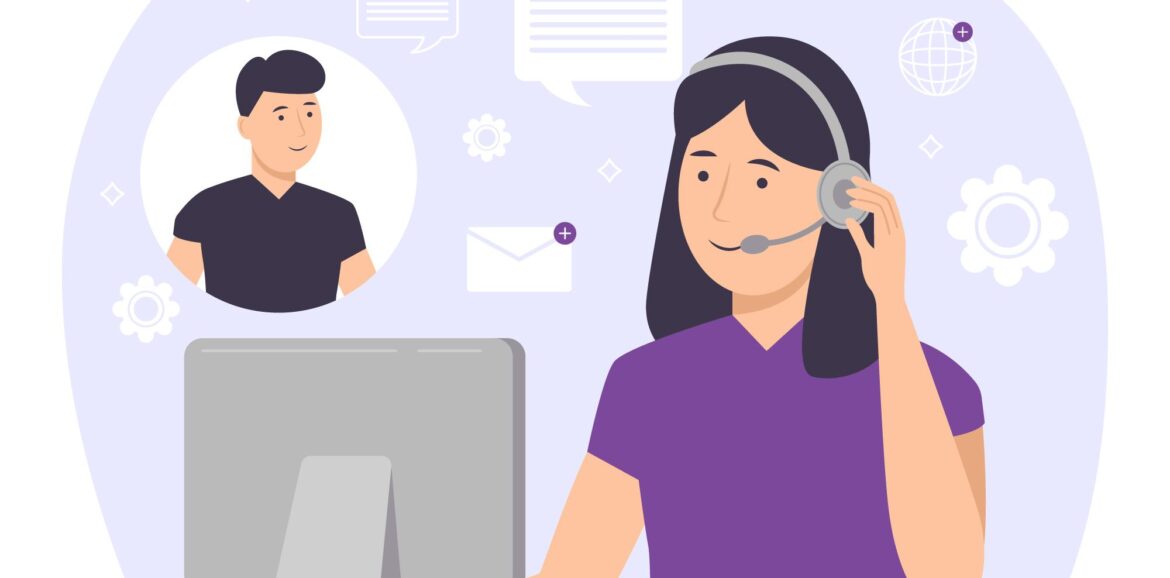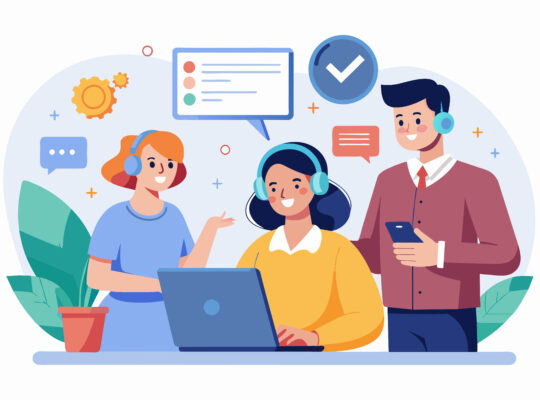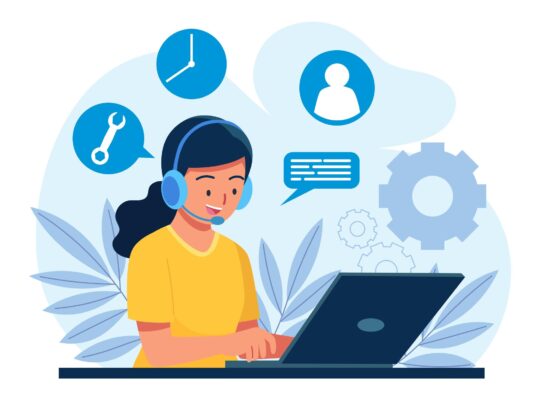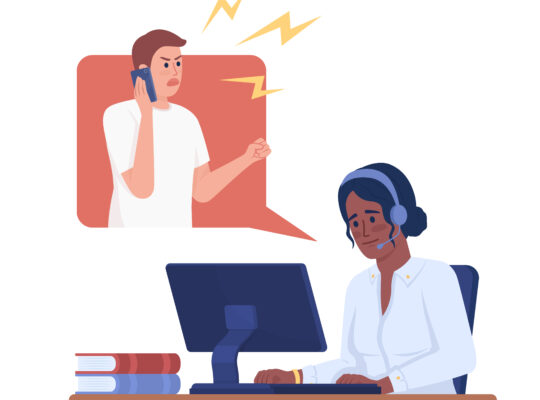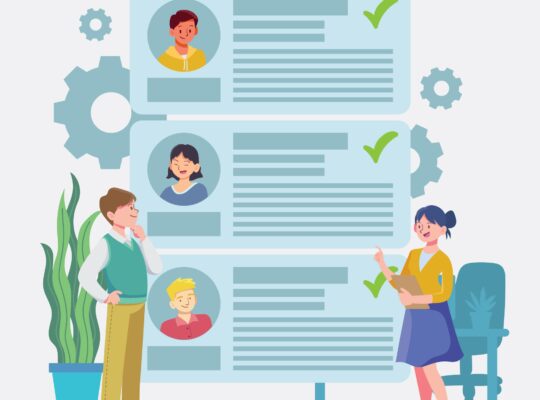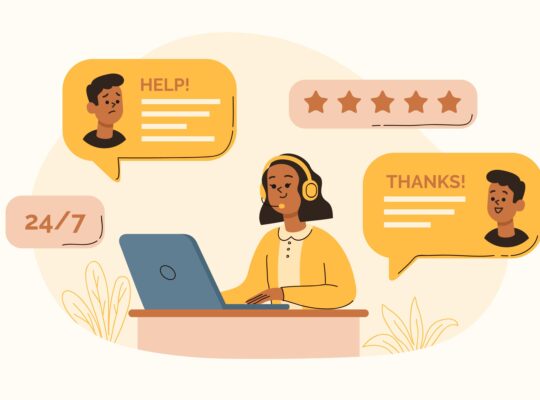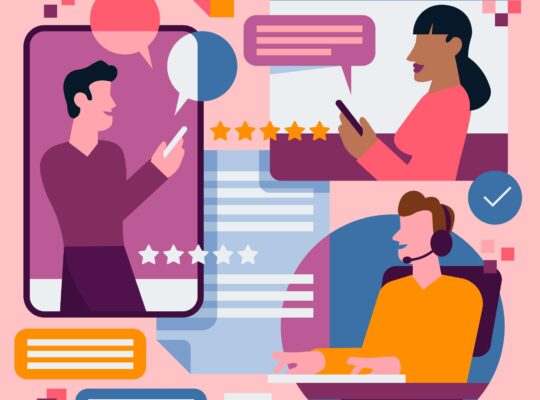| Managing Customer Expectations | ||
| Instructor: Jeff Toister | ||
| Released: 6/12/2020 | Course Details 21m General | |
| Skills Covered Expectations Management Customer Service | Course Link | |
| Professional Certifications and Continuing Education Units (CEUs) N/A | ||
| Today’s customers expect a lot. Customer service expert Jeff Toister helps frontline employees identify where they can manage the expectations of customers to avoid upsetting them down the line. Specifically, how to avoid situations where unreasonable expectations might develop, and how to choose the right language to educate customers and explain potential areas of confusion. Despite your best efforts, customers may still develop inappropriate expectations, so Jeff also suggests tactics to counteract this problem. Finally, he provides tips for implementing the lessons learned in this course into your everyday customer service routine. Source: LinkedIN Learning | ||
Introduction
Set yourself up for success with good customer service
Underpromise and overdeliver.
Avoid unpleasant surprises by educating your customers.
Understand the impact of unpleasant surprises
Poor service falls short of expectations. Poor service is an unpleasant surprise.
Our job in customer service is to prevent unpleasant surprises. We can avoid unpleasant surprises by establishing appropriate expectations.
Expectations can come from
- Past experience with your company
- Feedback from others
- Doing business with other companies
Techniques for Managing Customer Expectations
Find places where you can manage expectations
Response Time
- To process order
- To complete service
- To respond to email
Processes
- What will a process be like?
- Is there anything I need to know?
- What should I do to prepare?
Policies – Especially if they are different from what they would normally expect
Fees – Always important to explain the last date to cancel and receive a full refund.
Uncontrolled Variables – Prepare customers for these possibilities.
Use clear language to avoid surprises
Customers hear the best-case scenario.
Whenever possible try to get the customer to agree to the worst case scenario.
Instead of
“Your order will arrive in five to seven days.”
Try
“Your order will take up to seven days to arrive.”
A key to making this work is customer agreement.
Educate customers on what to expect
Educate customers to manage expectations.
- Explain processes to new customers
- Make procedures easier for new customers
- Notify existing customers of changes
Understand why customers don’t read
Look from the customers’ perspective.
Your Customers
- Are not experts
- Are often preoccupied
- Have other priorities
Use multiple forms of communication. Present information visually.
When are your customers not reading instructions?
Adjust unreasonable expectations
Help customers feel better.
Managing Upset Customers
- Don’t talk down to them
- Don’t point out mistakes
- Don’t get impatient
Adjusting Expectations
- Listen and try to understand.
- Show that you’re on their side. Customers want to be treated with dignity. Tell them you’re here to help find a solution.
- Suggest some options.
| Remember! To experience the full benefit of this guide, I highly recommend you watch the full training session. |
